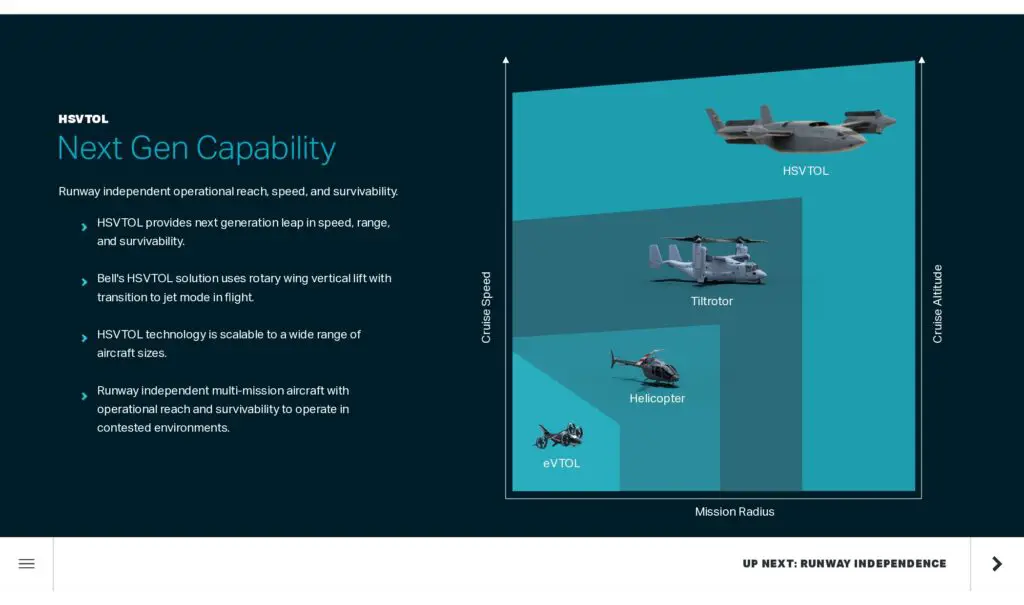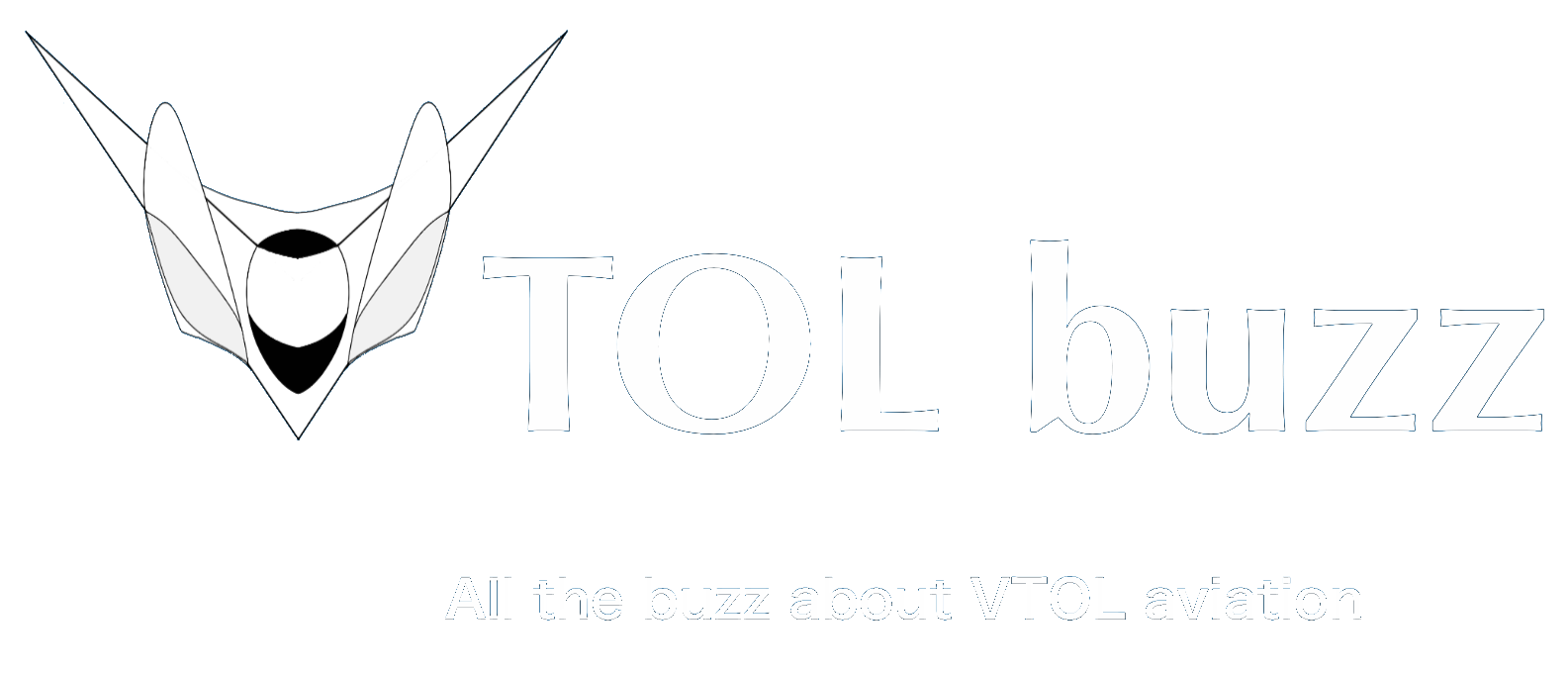Bell Textron made a press release regarding their new collaboration with Pratt & Whitney on High-Speed Vertical Takeoff and Landing (HSVTOL) technology.
The leadership of both Bell Textron and Pratt & Whitney each gave their own take on takeoff and landing tech.
“HSVTOL propulsion technology is one of the key technical areas to develop for future capability, and we’re thrilled to leverage expertise from Pratt & Whitney to explore ways to mature technology for these concepts”
– Lee Anderson, Director of Innovation, Bell Textron
“We’re excited to dig into HSVTOL propulsion technology research with Bell and showcase what this next generation capability could bring to USAF and other warfighters”
– Dr. Steven Burd, Director and Chief Engineer of Advanced Military Engine Programs, Pratt & Whitney
As to why Bell chose to use a hybrid VTOL technology rather than an eVTOL system can sumarized by two reasons:
Bell considers their “power dense off-the-shelf engines” capable of meeting the speed and power requirements.
Bell’s split propulsion engine architecture utilizes power dense off-the-shelf engines for vertical lift and high speed cruise. These engines are available today and apply to a wide range of HSVTOL configurations.
– source: Bell’s HSVTOL FAQs
The current eVTOL technology is unable (according to Bell Textron) to meet the survivability and other mission specific capability requirements for operation.
Electrification and eVTOL offer an interesting new vertical lift aircraft configuration to consider. HSVTOL’s mission capabilities focus on delivering next generation speed, range, and survivability. At present, electric motors, generators, and electrical distribution efficiencies do not meet the performance necessary to provide these next generation capabilities. This drawback becomes increasingly problematic when considering larger variants of HSVTOL.
– source: Bell’s HSVTOL FAQs

More info:
Bell Textron press release: click here

